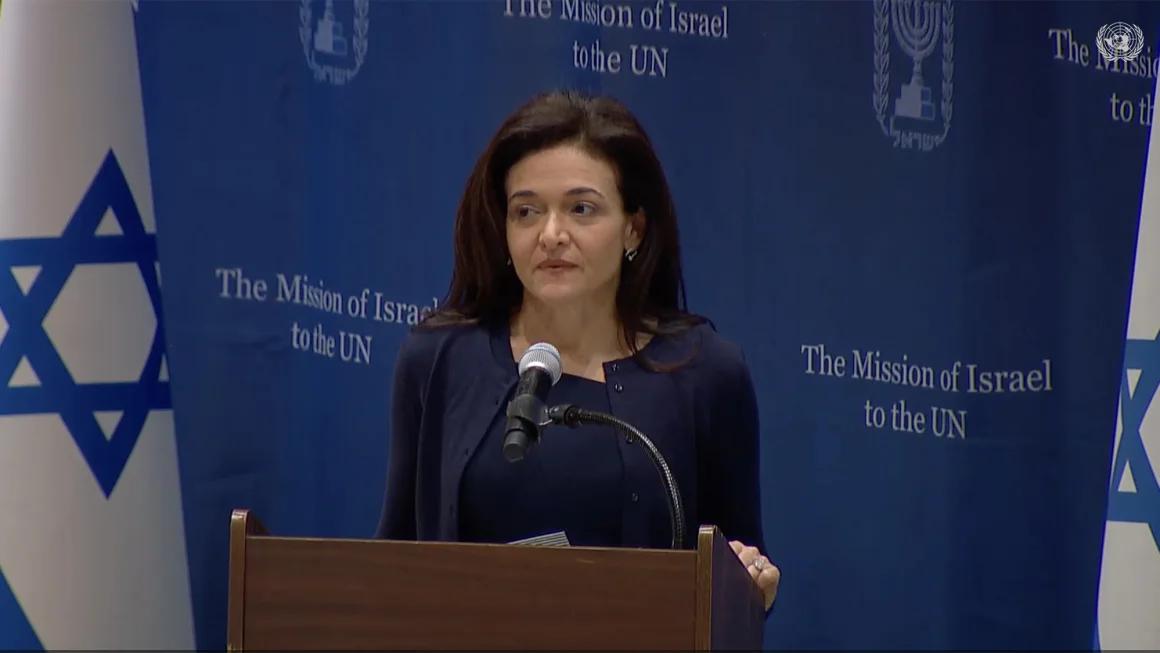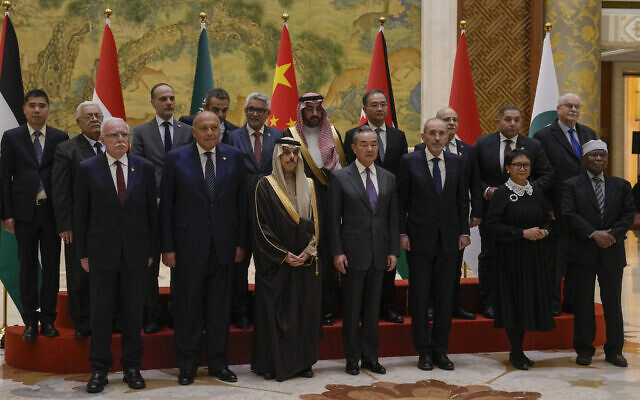For the most of the 2.3 million Palestinians of Gaza, time has entered a horrifying and quite disorienting warp. How long since they were able to feed their children? How long to remain crammed into an insecure tent as winter’s rains lash? How long till the dysentery takes a loved one? How long since a father, uncle, brother was taken away, stripped nearly naked, and trucked to a distant prison camp? Above all: How much longer now till the crashing of Israeli bombs and bulldozers, the crack of sniper fire, the relentless buzz of drones all finally fall silent?
How long till a ceasefire? How long?
Pres. Joe Biden has, as we know, firmly blocked all the moves the Global Majority has taken to achieve a ceasefire in the Gaza-Israel fighting. Well-connected reporters in Israel have written that the message Biden’s National Security Adviser Jake Sullivan gave during the meeting he held yesterday with Israel’s war cabinet was that Biden could only “allow” Israel a few more weeks before he starts calling for a ceasefire.
Continue reading “The clocks ticking for Gaza (political and otherwise)”


